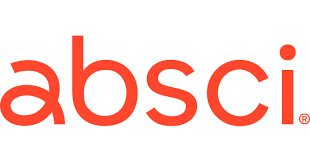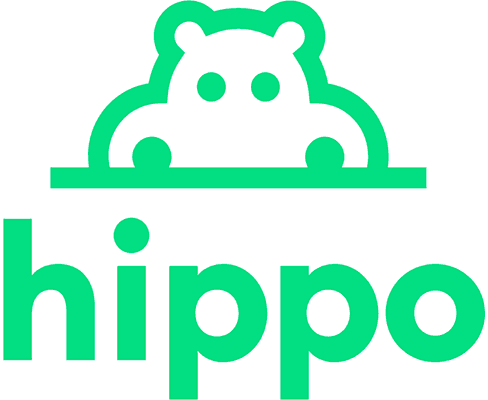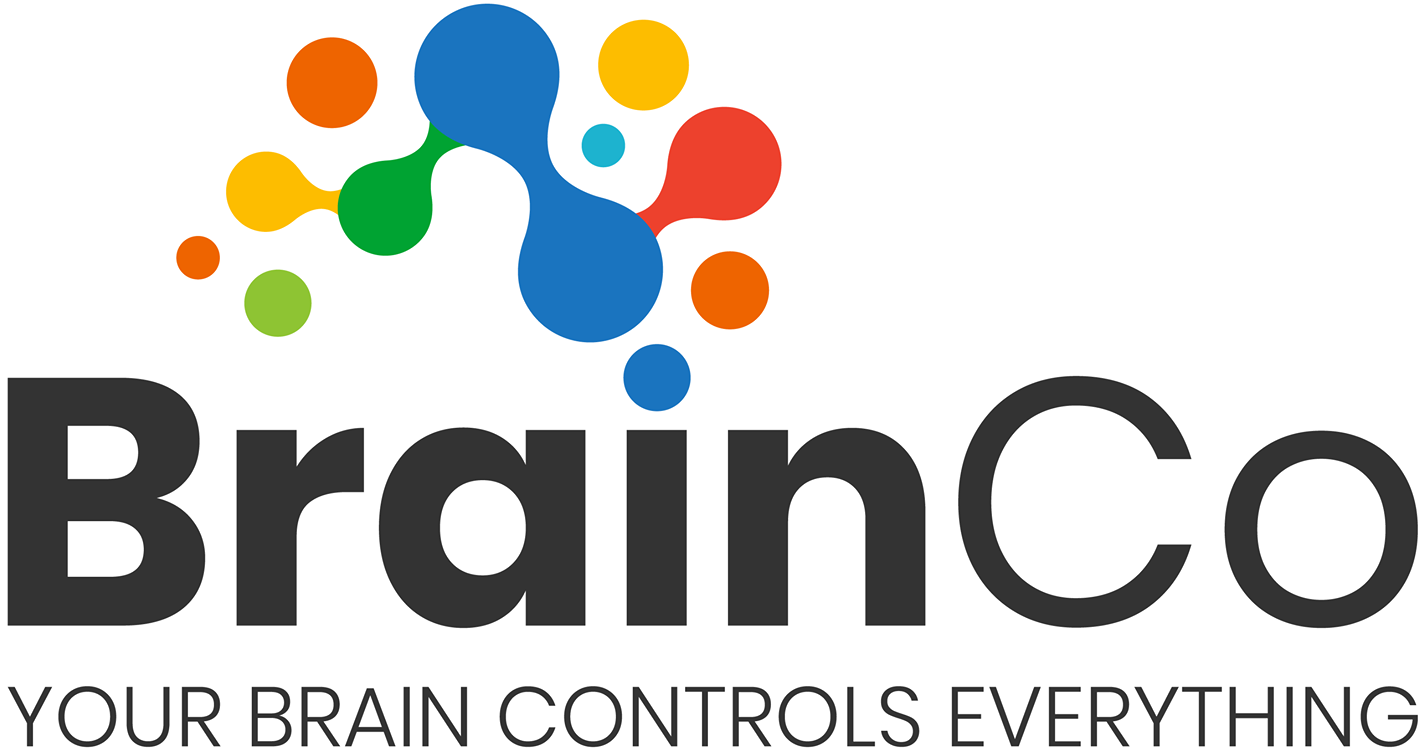





























Improved website load time by 40% through code optimization and implementation of lazy loading techniques
Increased mobile conversion rates by 25% by redesigning the responsive UI for better user experience
Implemented accessibility features to ensure WCAG 2.1 AA compliance across all web applications
Maya developed a dynamic, single-page application for a local restaurant chain. The project involved creating an interactive menu with real-time updates on item availability and wait times. The new interface resulted in a 30% increase in online orders and significantly improved customer satisfaction ratings.
Reduced bounce rate by 35% through implementation of intuitive navigation and responsive design
Increased user engagement by 50% by developing interactive data visualizations using D3.js
Led the migration from jQuery to React, improving overall application performance and maintainability
Ethan created a custom e-learning platform for a corporate client. The platform featured interactive quizzes, progress tracking, and adaptive learning paths. This project helped the client reduce training costs by 40% while improving employee skill retention.
Achieved 99% code test coverage, reducing post-deployment bugs by 75%
Improved page load speed by 60% through implementation of code splitting and tree shaking techniques
Developed and maintained a comprehensive style guide and component library for consistent UI across multiple projects
Sophia built a real-time dashboard for a financial services company. The dashboard integrated data from multiple APIs and presented complex financial information in an easily digestible format. This project enabled the company’s clients to make more informed investment decisions, leading to a 20% increase in client retention.
Increased user retention by 40% through implementation of progressive web app features
Reduced API calls by 30% by implementing efficient state management using Redux
Mentored junior developers in modern JavaScript practices and React best practices
Marcus developed a cross-platform mobile app using React Native for a fitness startup. The app synced with various wearable devices and provided personalized workout plans and nutrition advice. It gained 100,000 users within the first month of launch, far exceeding initial projections.
Improved Google Lighthouse score from 65 to 95 by optimizing performance, accessibility, and SEO
Reduced build time by 50% through implementation of webpack and efficient asset management
Championed the adoption of TypeScript, leading to a significant reduction in runtime errors
Ava created an interactive data visualization tool for a renewable energy company. The tool allowed users to explore complex datasets related to energy consumption and carbon emissions. This project was instrumental in helping the company secure a major government contract by effectively demonstrating the potential impact of their technologies.
With our extensive candidate network and dynamic team search approach, Redfish recruiters can greatly reduce your time to hire compared to in-house hiring processes.
Redfish recruiters handle every step of the process, including finding talent, screening candidates, scheduling interviews, conducting reference checks, and negotiating the offer, freeing up your in-house HR staff to focus on their other responsibilities.
We form the same in-depth relationships with clients that we establish with candidates, taking the time to fully understand your company and needs and giving each client a single point of contact for all communications.
We understand the roles we recruit for inside and out, whether that’s the technical jargon familiar to engineers and programmers or the skills that make an exceptional sales or marketing hire. When we send along a candidate, you can trust they have what it takes to excel.
With 20+ years in the recruiting industry, Redfish Technology has built an extensive network of connections and candidates, and our reputation precedes us. We’re a recruiting firm top talent wants to work with, giving you access to better talent than you’ll find from other services.



A Front End Developer should be highly proficient in HTML, CSS, and JavaScript. They should also have experience with modern JavaScript frameworks such as React, Angular, or Vue.js.
Responsive design experience is crucial. The developer should be able to create websites and applications that function well and look good on various devices and screen sizes, using techniques like media queries and flexible grid layouts.
Yes, experience with version control systems, particularly Git, is essential. They should be comfortable with branching, merging, and collaborating with others using these tools.
While not expected to be UX experts, Front End Developers should have a good understanding of UI/UX principles. They should be able to implement designs that are user-friendly, accessible, and align with current best practices in user interface design.
Very important. A good Front End Developer should understand techniques for optimizing website speed and performance, such as minimizing HTTP requests, optimizing images, and leveraging browser caching.
While not always necessary, familiarity with server-side rendering (using tools like Next.js for React) is increasingly valuable. It can significantly improve initial page load times and SEO, which are crucial for many web applications.
You can assess problem-solving skills through coding challenges, technical interviews, or by discussing past projects. Look for candidates who can articulate their thought process, consider multiple solutions, and explain the trade-offs of different approaches.
Important soft skills include strong communication abilities, teamwork, attention to detail, and time management. Front End Developers often need to collaborate with designers, back-end developers, and other team members, so interpersonal skills are crucial.
It’s very important. The front-end landscape evolves rapidly, and a good developer should be passionate about learning and adapting to new technologies. Look for candidates who demonstrate continuous learning through side projects, online courses, or contributions to open-source projects.